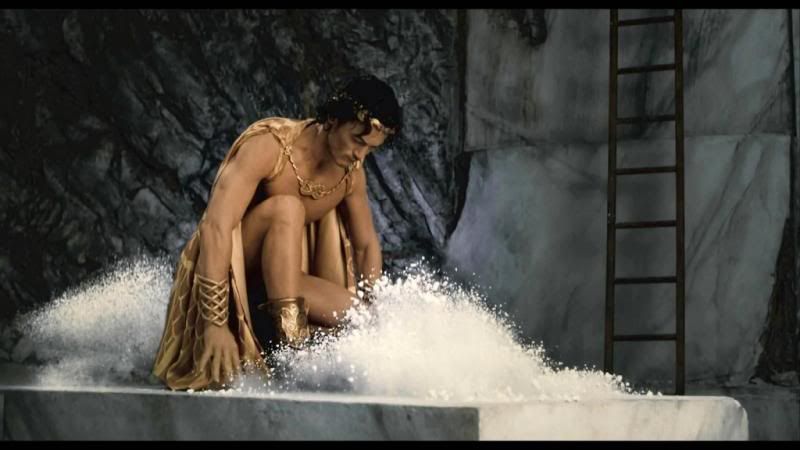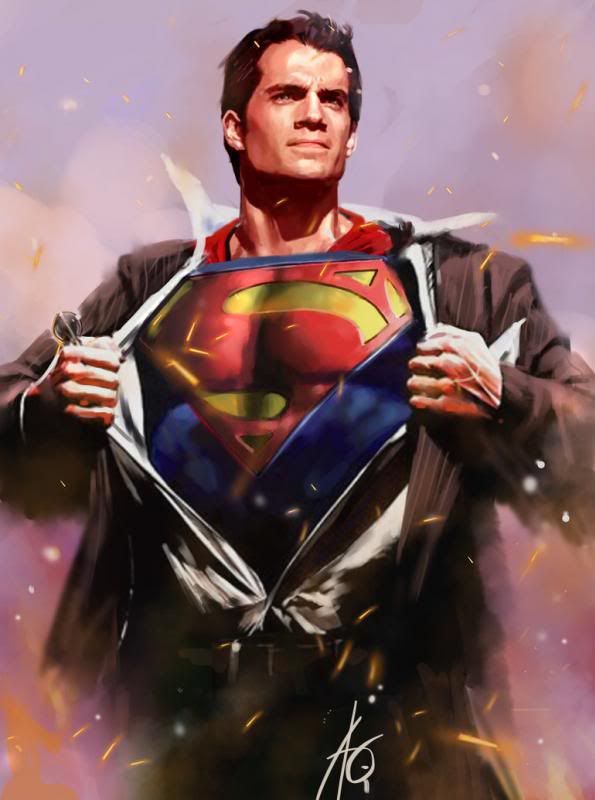
There’s an article on Grunge that posits that living on the Enterprise-D, setting for ‘Star Trek: The Next Generation’, would absolutely suck. I read through the article a few times, gave it some thought in my off-hours, and I want to refute some of its points. I mean, I list all of the points, but to be honest, some of them aren’t completely wrong.
Just most of them.
The transporter killing you: “death” is too strong of a term. Yes, the matter of the body is broken down and then reconstructed elsewhere, but the neural energy of the person is stored and then transmitted into the reconstructed body. This is the ‘consciousness’, ‘soul’, etc — scientifically speaking, it’s the firing of neurons in the brain and the engrams stored within it, held in suspension by the computer. It’s possible that a glitch in the transporter’s functionality can create a copy of this energy pattern – see the introduction of Thomas Riker in “Second Chances,” and why he’s less morally inclined than William (DS9 episode “Defiant”). There’s more to this, but suffice it to say that “the transporter kills you” is way too simplistic an interpretation. Don’t get me wrong; I love CGP Gray and all he does. Including his video on the transporter being a “suicide box”. I feel this is the best refutation I can offer.
Bathrooms: The Galaxy-class definitely has more than one bathroom; we see Matt Frewer using a ‘refresher’ in the episode “A Matter of Time”, and there’s a ‘head’ specifically on a bridge layout I saw just off of the Ready Room and, iirc, the conference room. The design team for Star Trek are very smart folks; to claim that this meeting of the minds would put a ship populated by hundreds if not thousands has only one bathroom is ludicrous. Funny, but ludicrous.
Cabin Fever: Again, let’s consider that Star Trek has its own internal logic and structures. In this case, there isn’t just one counselor aboard the Enterprise. Commander Troi is the head of the counseling staff, she’s its senior officer. Sure, she could be a ‘senior officer’ because she is the one person on the counseling staff, but what sense does that make? Sources on this may not be ‘canon’, but it makes sense to have more than one therapist aboard the ship, just like it makes sense to have more than one bathroom. Let’s also consider that all of our real-world space-faring experience has been in very, very cramped quarters. A ship the size of the Enterprise affords plenty of opportunities for privacy and a break from contact with the usual coworkers or family members. There’s artificial gravity, fresh food, amusements & physical activities… many things current astronauts, unfortunately, do not have.
Spandex: No. There is no way they’re wearing spandex in the 24th century. It looks futuristic to our eyes, or at least it did in the late 80s/early 90s, but… just no.
Families: Yeah, it’d be really awful if your family was in the section the Borg cut out of the saucer in “Q Who” or died at some point during the events of “Cause and Effect” and, despite the time-loop shenanigans, stayed dead. I’ll grant this would suck.
Holodeck sex: This one’s probably true too. Thankfully, I suspect that there’s technology that can clean the place after things are over with. Some sort of technobabble pulse that scrubs the place down in a split-second.
No Time Off: See the Cabin Fever entry.
Holodeck Glitches: Cars glitch and crash, too. As for the consciousness of holographic characters, some are probably no better programmed than NPCs in Skyrim, and others are complex enough to evolve a form of consciousness yet do not simply cease to exist when the program is shut off. So no, they don’t ‘die’ when the program is ended.
Being Insignificant if you’re not on the bridge: We’re pretty insignificant on the whole as it is. This isn’t any different. … Let’s move on before that goes anywhere darker or deeper.
Replicator Breakdown: There are hydroponics labs for a reason, people. Medical science has probably progressed to a point where food allergies are cured via hypospray. So kale, soybeans, and other superfoods will be available. And speaking of eating in space, remember what Shepard Book said in Firefly? “A man can live on packaged food from here ’til Judgment Day if he’s got enough rosemary”. And you can grow rosemary in the hydroponics labs, too.
Wesley’s your superior: Wil Wheaton’s cool and Wesley got a lot less insufferable and a lot more human the further the show got away from its smug first couple of seasons. Let’s face it — everybody was an arrogant snot for a while, there. Once Wesley was humbled and managed to man up in Starfleet Academy (“The First Duty” is a great episode), he makes for a great officer. I’d be fine working with him.
Evil Bosses: This is, again, art imitating life. Many of our workplaces suffer from horrible bosses. We manage to make do, alien parasites notwithstanding.
Our Friend The Computer: So the idea of a computer listening for commands at all times is, on its face, pretty creepy. But the computer is not recording anything unless its told to do so. Now, it’s possible that someone with nefarious designs can hack the thing to record and then use those recordings, but given the fail-safe procedures built into just about everything Starfleet touches (I don’t know if I ever heard the term “tertiary backups” before O’Brian on DS9), Engineering or Security is likely to get pinged if such a breach of protocol is even attempted. And speaking of Security…
The Worf Effect: Let’s look at the facts, here. Next Generation ran for 178 episodes, and only 150 or so of those saw Worf as chief of Security. 150 days is just over half of a year. The show ran for seven years, and even if the Enterprise wasn’t active for that entire length of time (someone would have to collate the stardates), chances are Worf was in that position for longer than 150 days. So I imagine that for the rest of the time, he did his job well enough to hold the position. When we see Worf in action on Next Generation, it’s usually against pretty damn huge threats. Klingons are strong and fierce, but Kahless himself would not be able to overcome every Borg in his way.
The Timeline No Loner Exists: Temporal mechanics is a very odd thing. Be it the “fixed points in time” as explained by the Doctor, or “multiverse theory” that’s been used in places other than Star Trek, a lot of thought on temporal mechanics argues that original timelines, as well as branches, continue on in their own continuity. This, unfortunately, implies that there exists a timeline in which the Earth was destroyed because Kirk and crew did not get back to the 23rd century with George and Gracie.
Being Boring: while Gene Roddenberry brought a great deal to the genre of science fiction, and nobody can deny his accomplishments, the idea of a future without conflict was not one of his better ideas. Which is why subsequent writers ditched that idea entirely.
I know that normally I post a bunch of political stuff on Wednesdays, but I think we all need a break.





